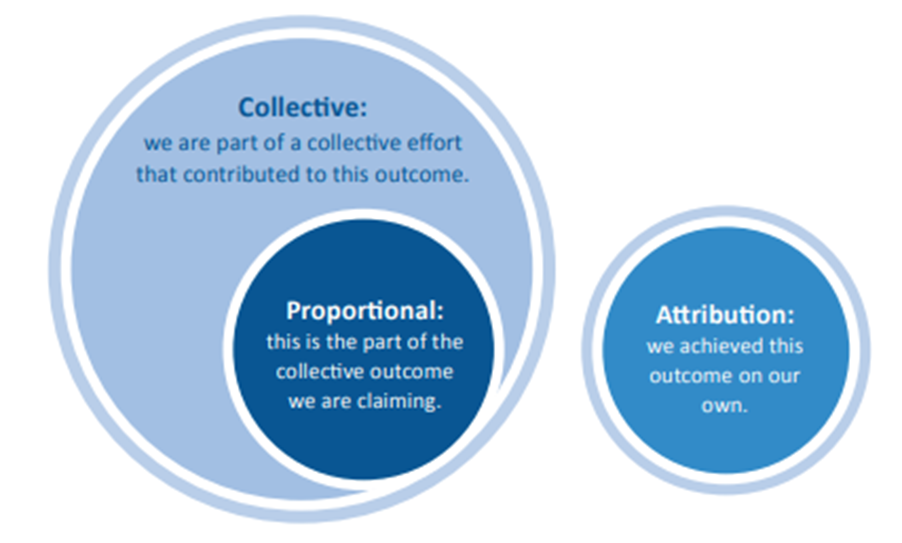What claims can companies make about their contributions to landscape performance outcomes?
With increasing investment being made in landscape and jurisdictional level action, and more needed to address the critical sustainability challenges we face globally, it is important that companies communicate credibly about the performance outcomes of their investments.
ISEAL’s third joint position paper, developed with 17 leading landscape sustainability initiatives, provides guidance for companies to talk about their contribution to landscape-scale nature, climate and livelihood outcomes.
The paper builds on previous positions on what constitutes a landscape investment or action and how companies can communicate about these actions and investments. Given the potential long lead-time between landscape-level investment and resulting performance outcomes, it is important for companies to be able to communicate credibly about the actions they are taking. Once performance outcomes are achieved, companies that can transparently draw a causal relationship between the action and improvement in sustainability performance over time in that landscape can make claims about how their actions or investments contributed to specific performance outcomes.
This paper helps companies identify the different types of claims they can make about landscape performance outcomes and when each should be used. It also answers the most common and challenging questions about when and under what conditions companies can make credible claims about landscape-level performance.
Types of landscape performance claims
Companies can make different types of claims about landscape-level performance outcomes depending on how much ownership and responsibility they have for the outcome. Since most landscape performance outcomes are achieved through the collaborative efforts of many stakeholders, the most common claims companies can make are about their contribution to collective efforts.
Proportional claims can be used in scenarios where it is not credible to report only a collective outcome, such as when making quantitative claims towards individual company commitments. In these cases, landscape performance outcomes should be transparently and robustly apportioned between landscape stakeholders. This helps to avoid misrepresentation of the scale of a company’s contribution to landscape change. The position paper provides a first methodology for how to make these proportional claims.
Attribution claims are made when performance outcomes can be shown to result directly and solely from a set of defined actions or investments made by a company. Considering the multistakeholder nature of landscape and jurisdictional efforts, companies are only ever likely to make attribution claims for short-term project outcomes where they can demonstrate the degree of causality that is needed. In most cases companies wanting to communicate about landscape-level outcomes will do so with a collective or proportional claim that recognises their contribution to change in a landscape as part of a bigger picture view.

Evolution of contribution claims
We recognise that there is limited experience in making performance-based landscape claims, so our collective thinking on how to make effective company claims about landscape performance outcomes will continue to mature. However, this position paper can guide companies to better understand what claims they can credibly make about the impact their landscape action or investment has made in a landscape and help to encourage the continued and necessary investment beyond company supply chains to holistically tackle critical sustainability challenges.


